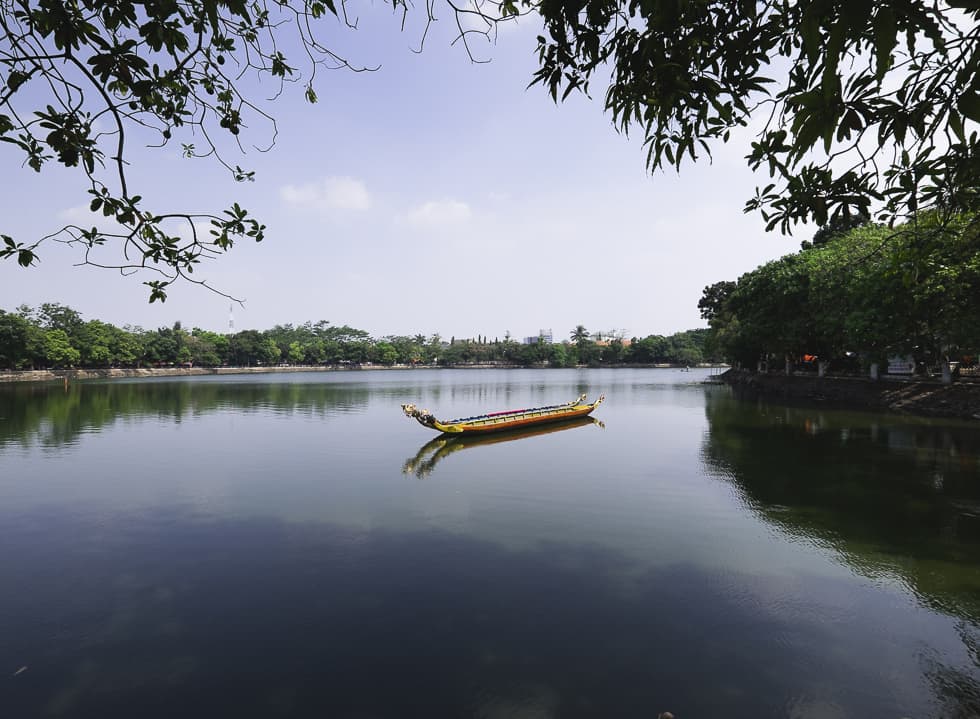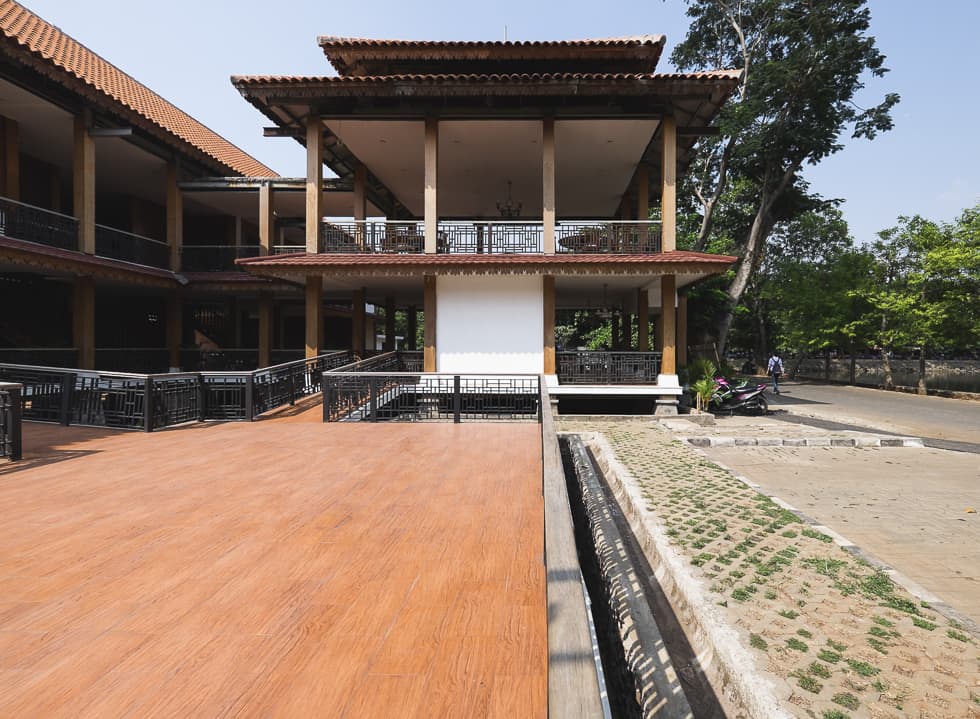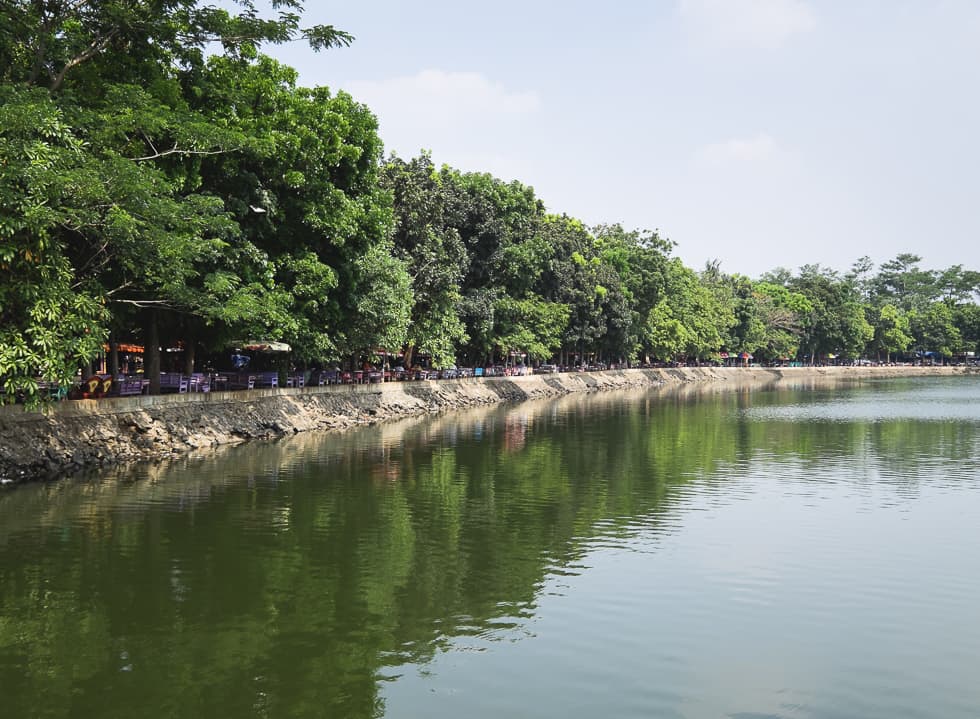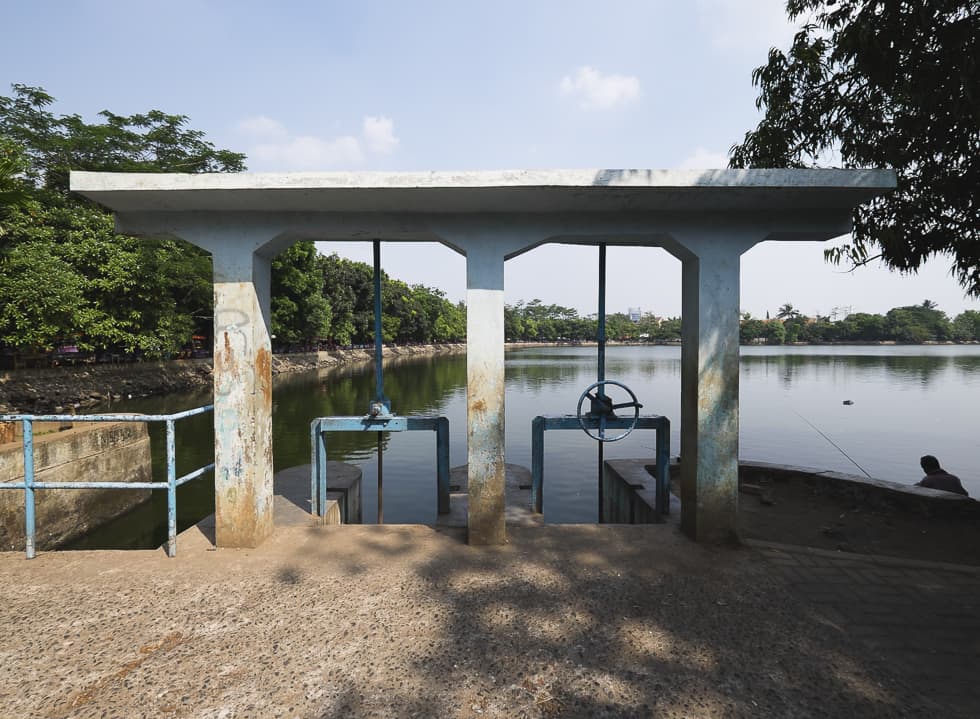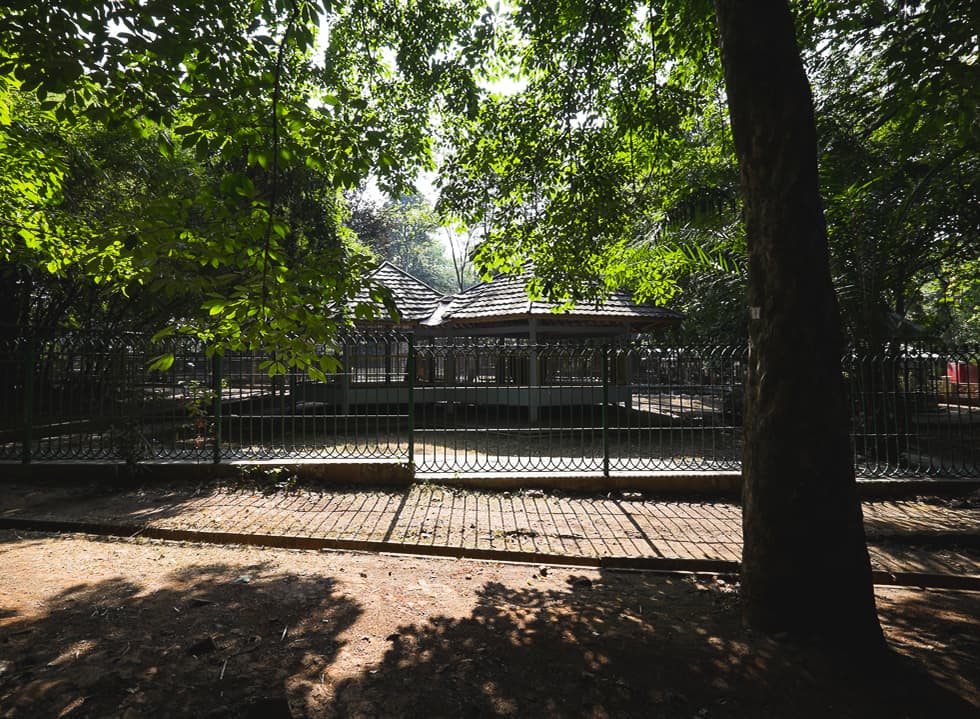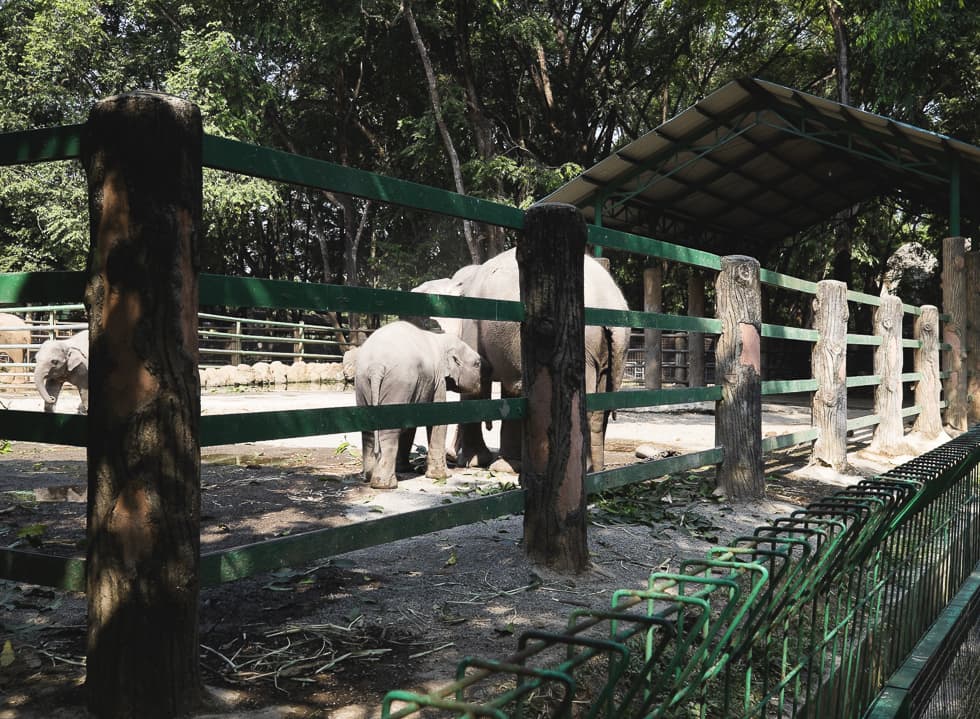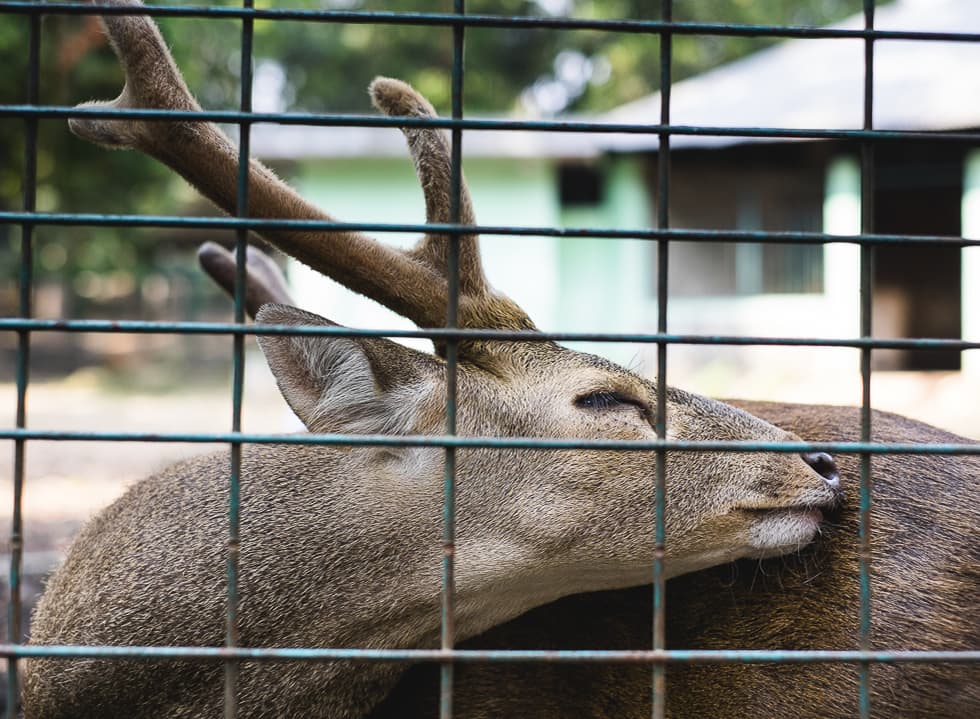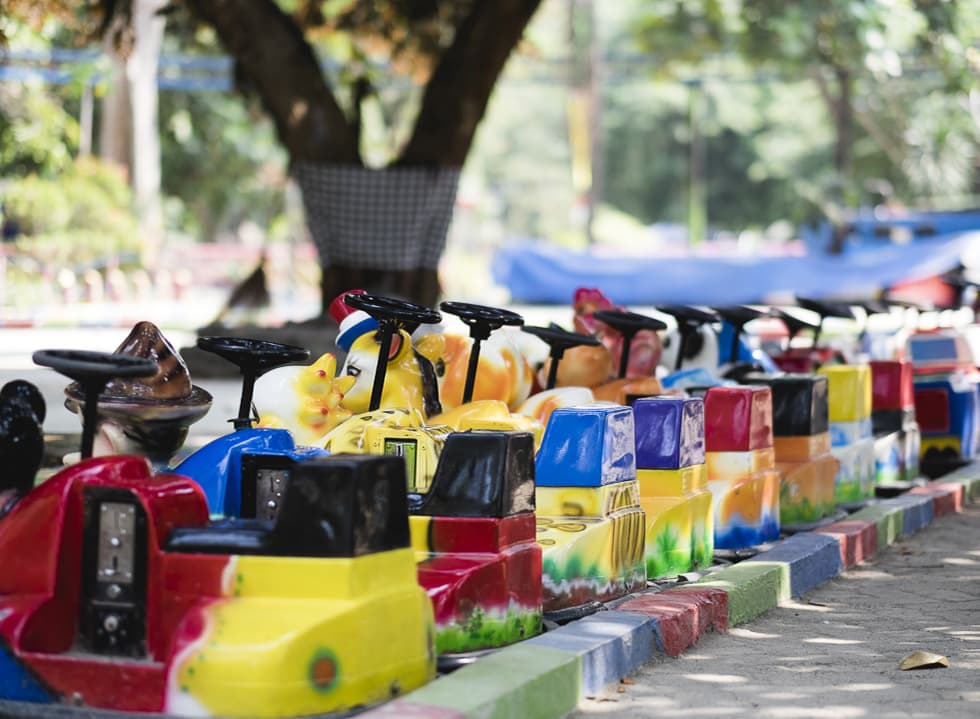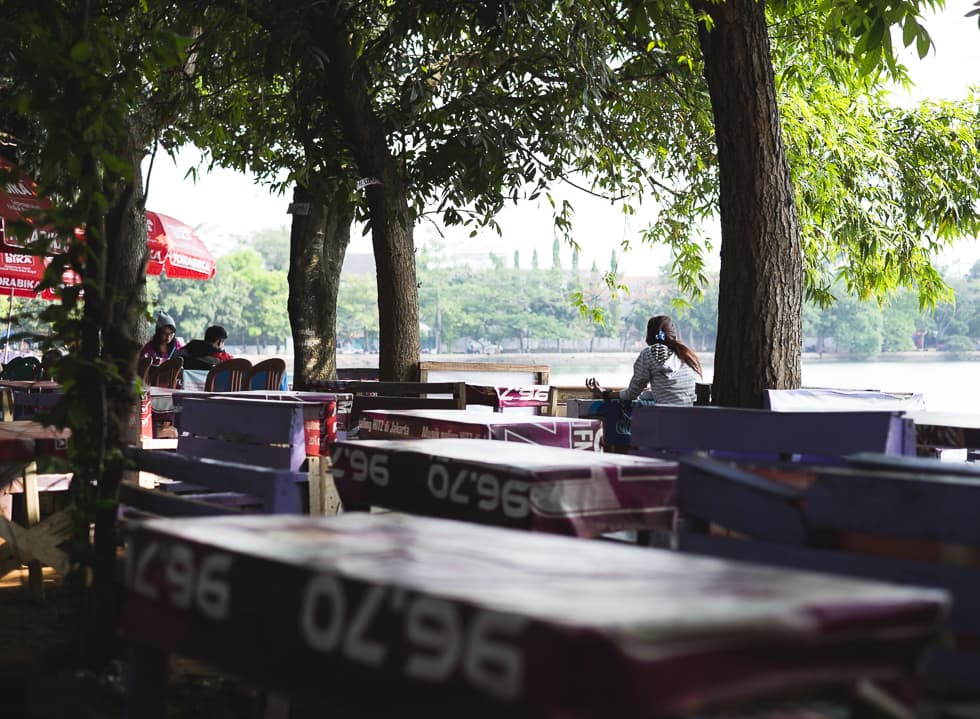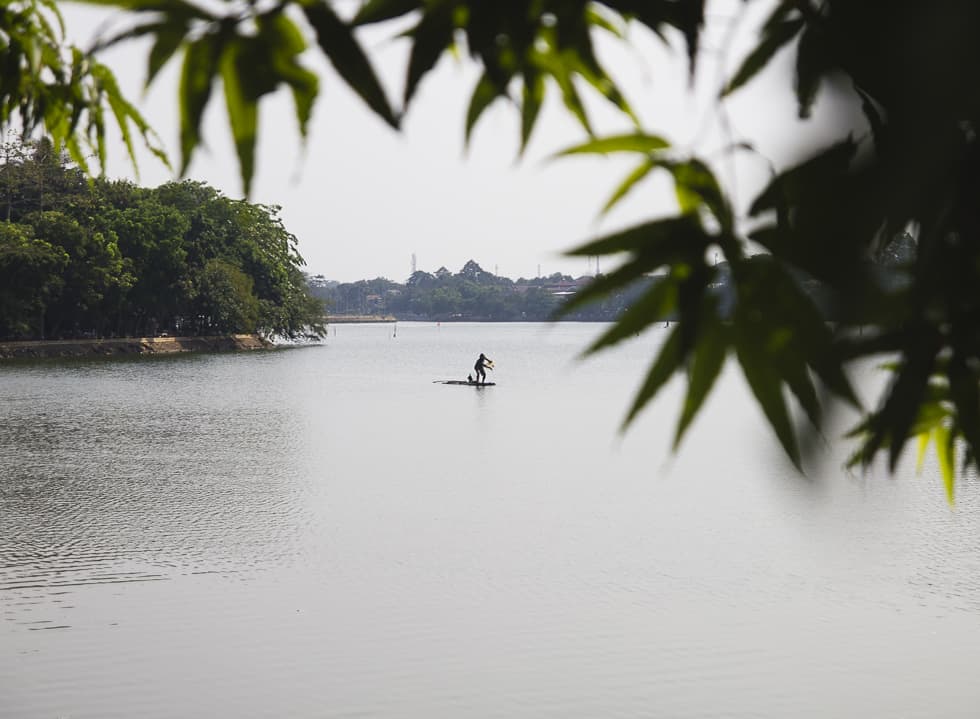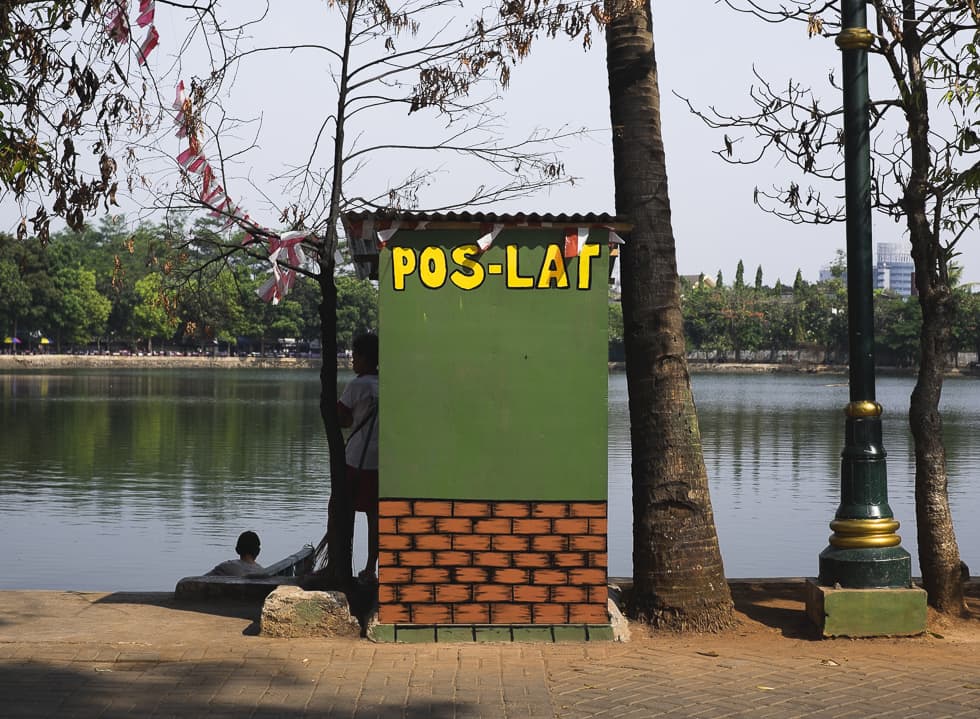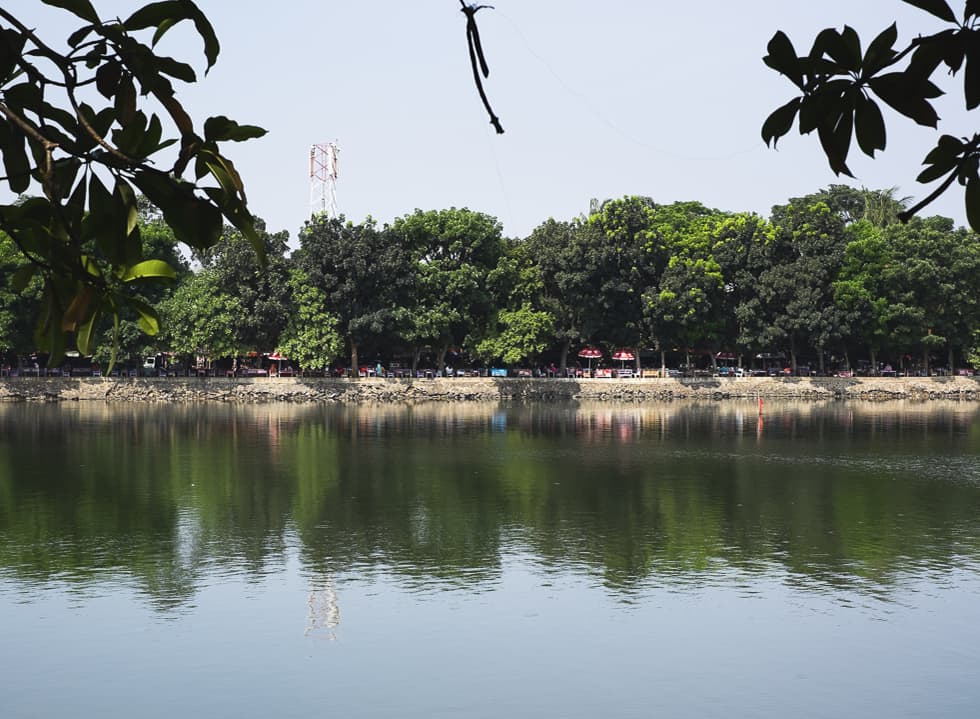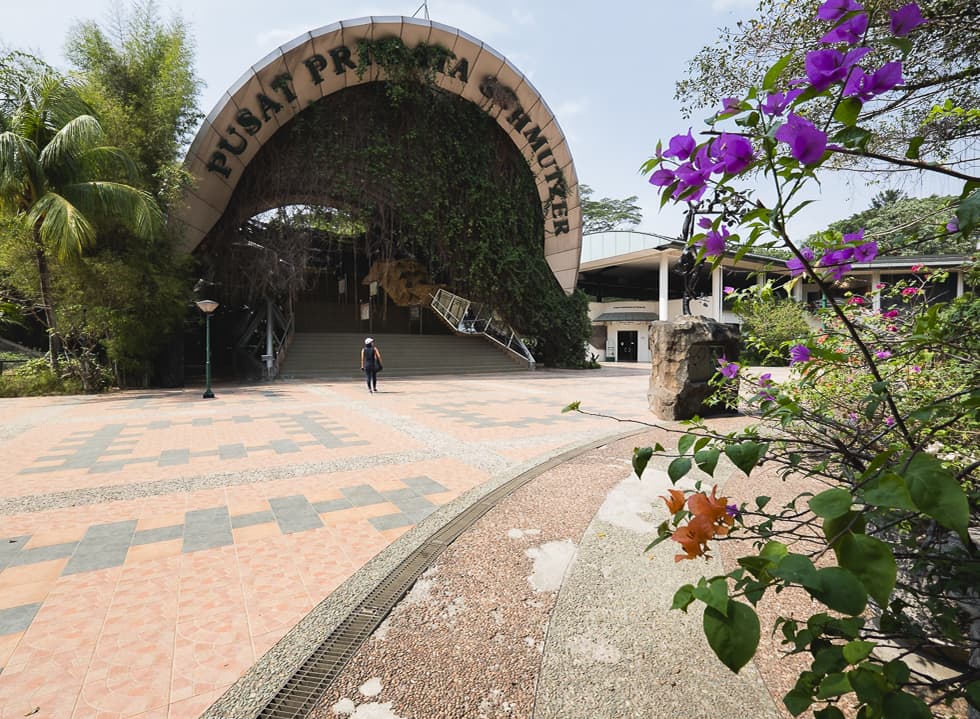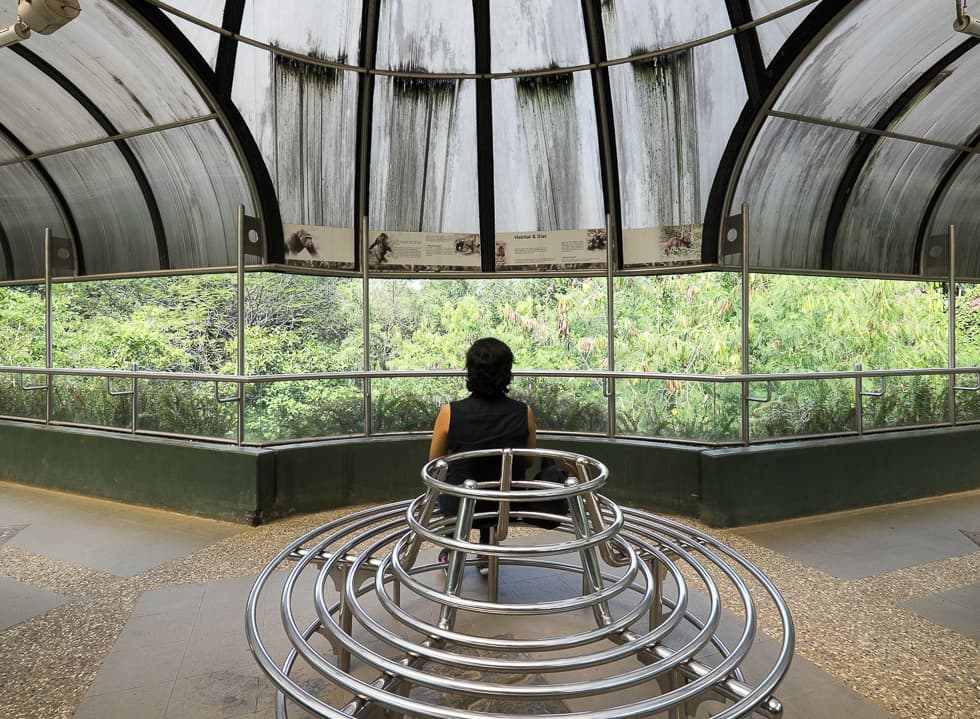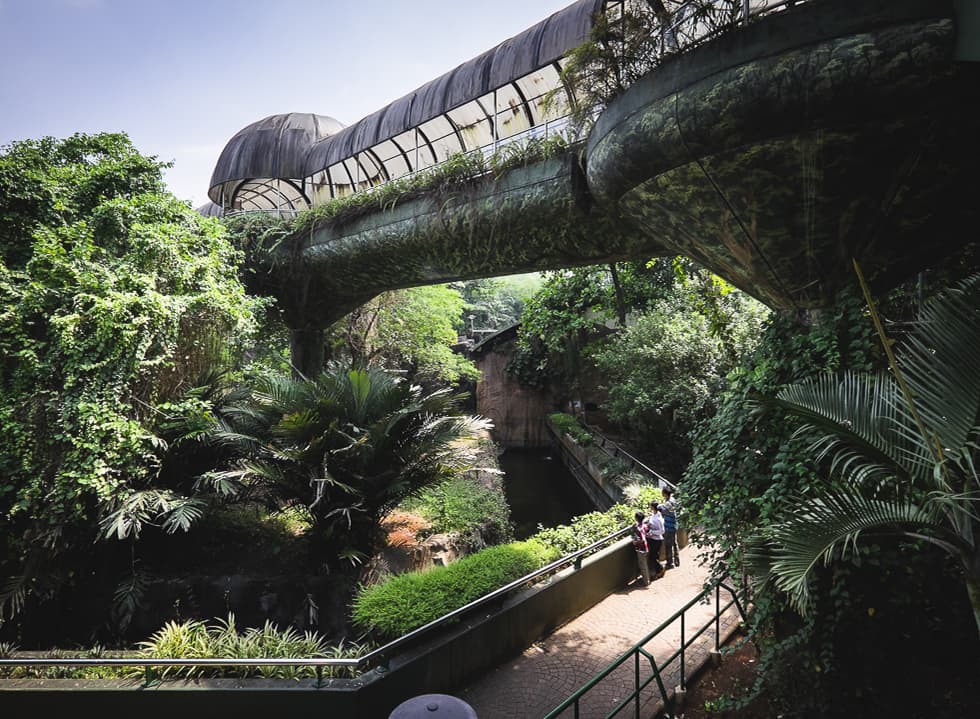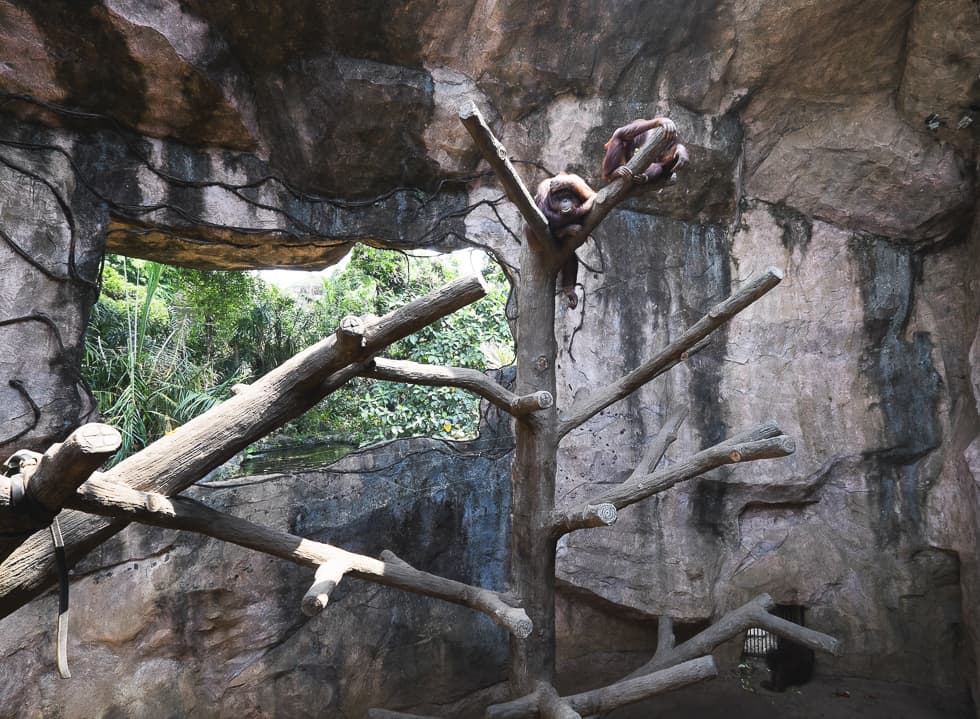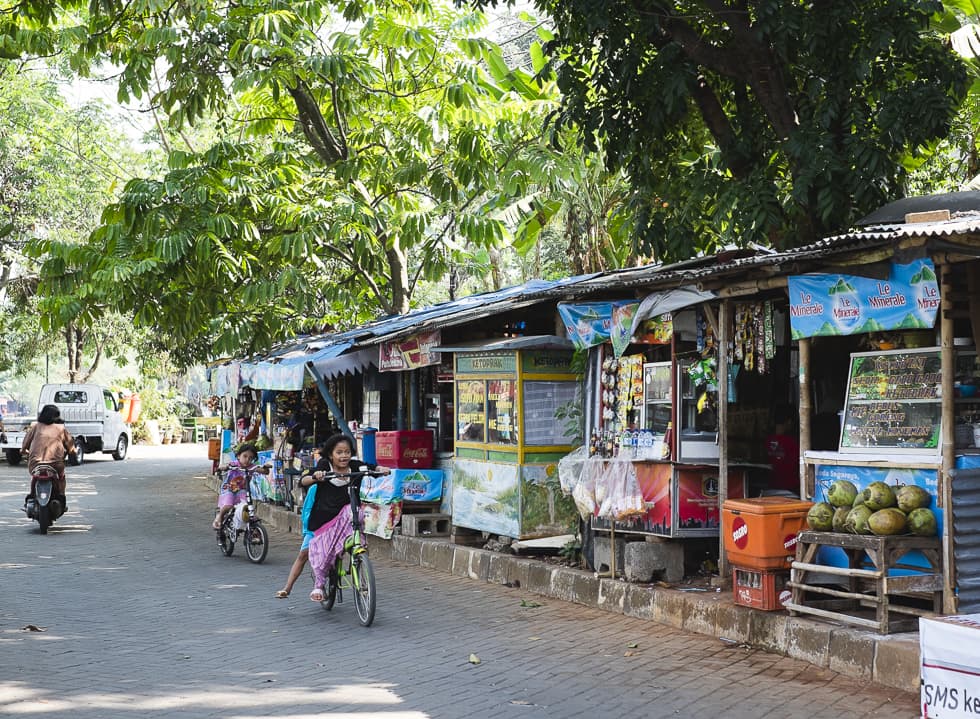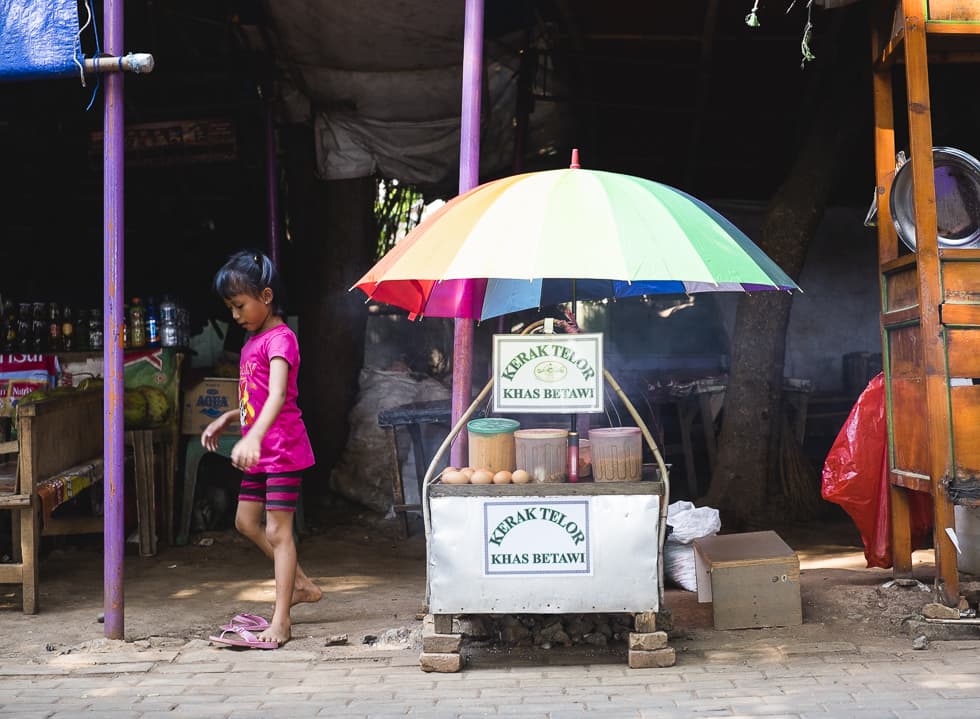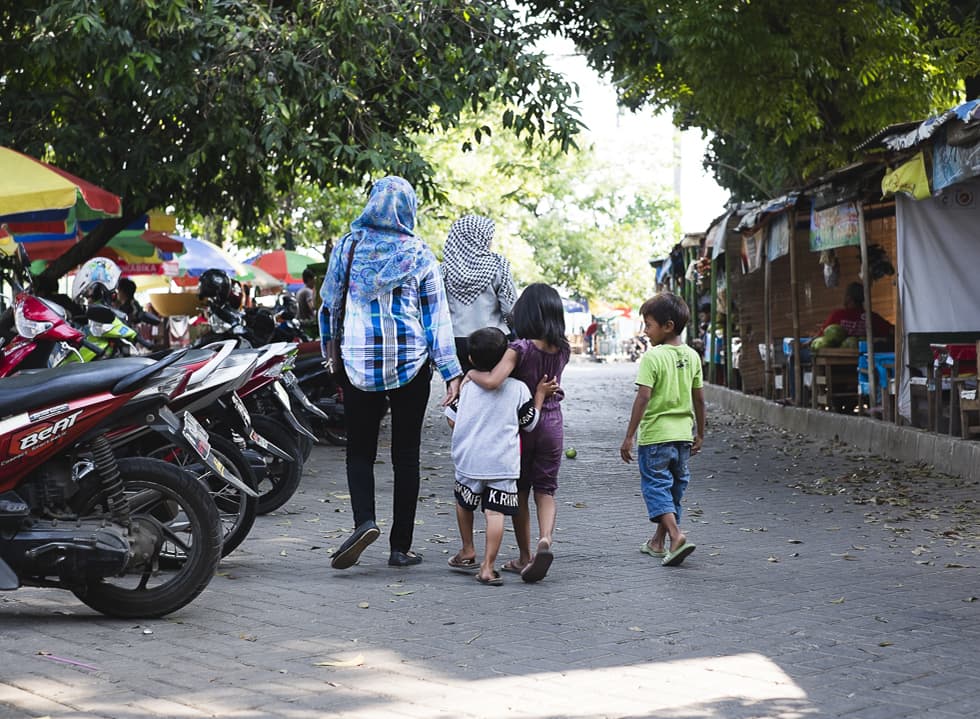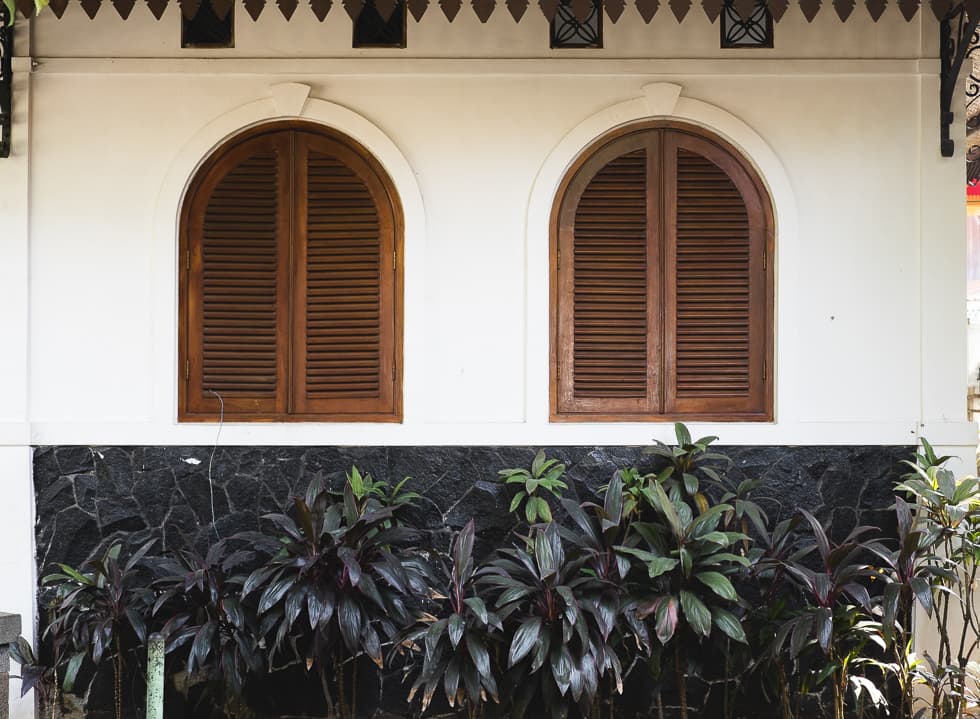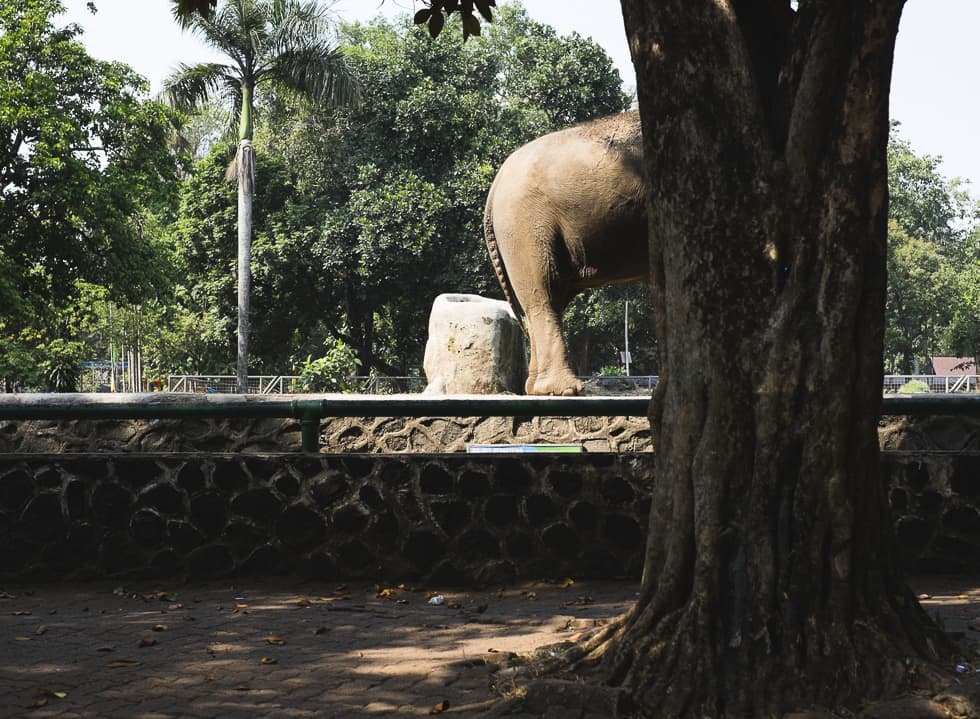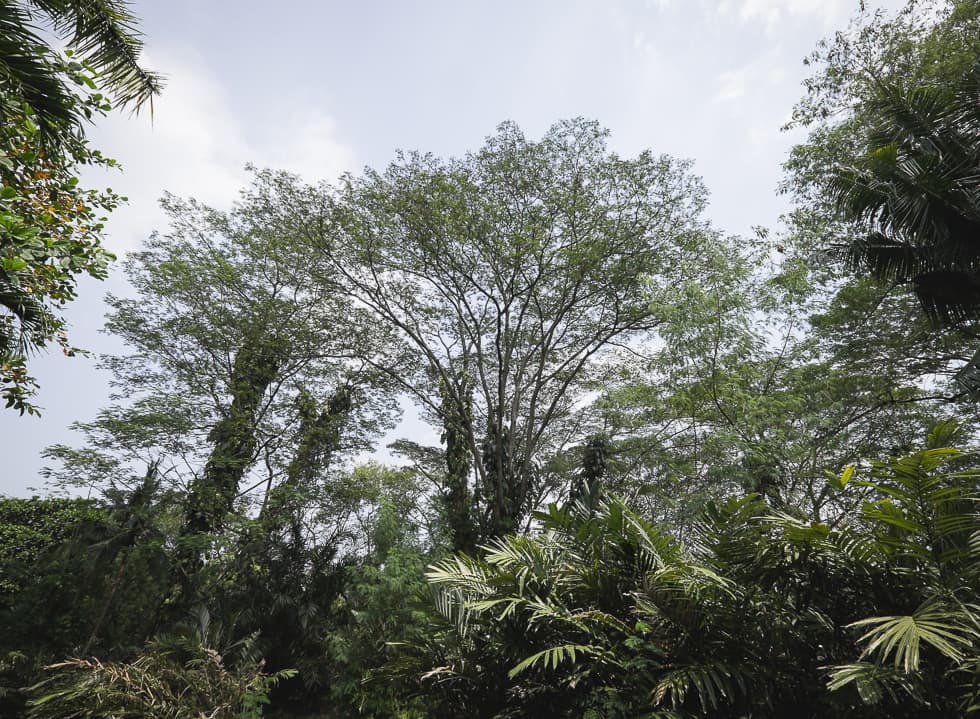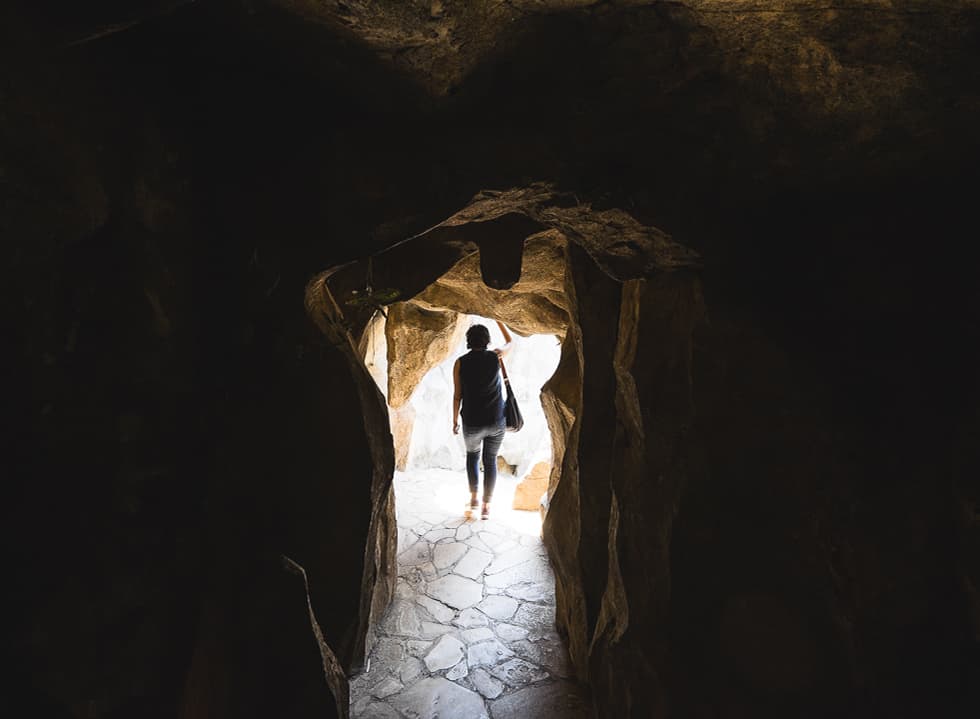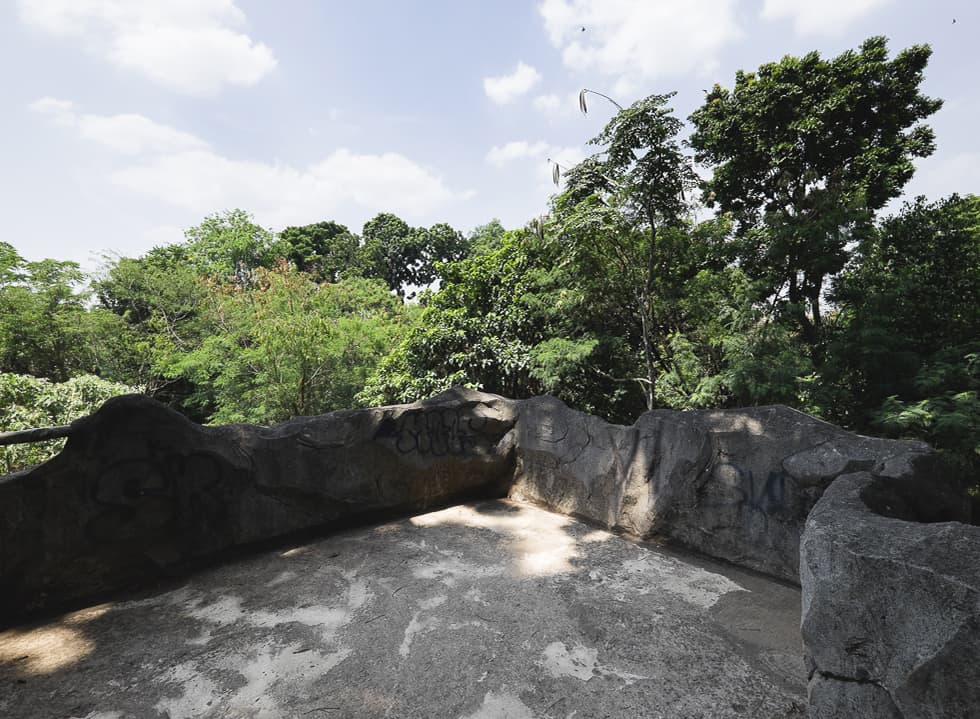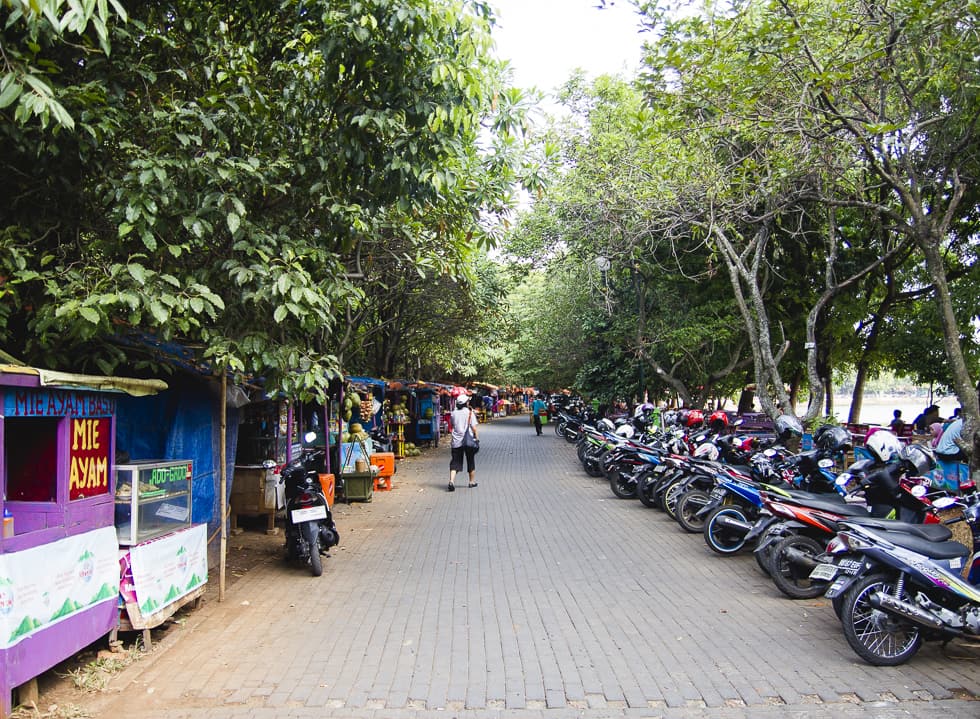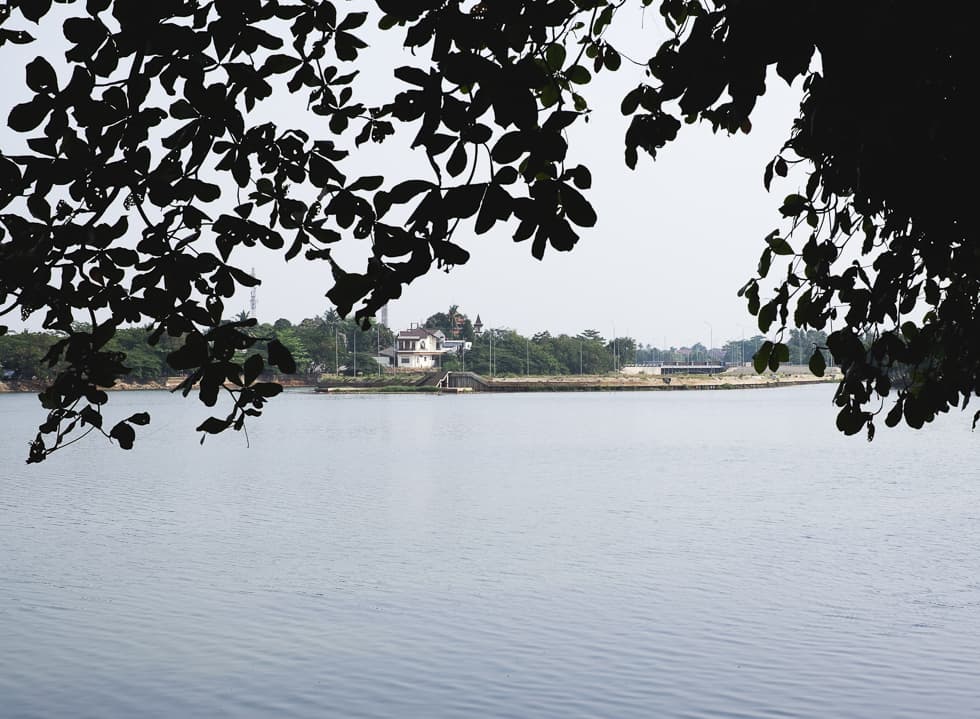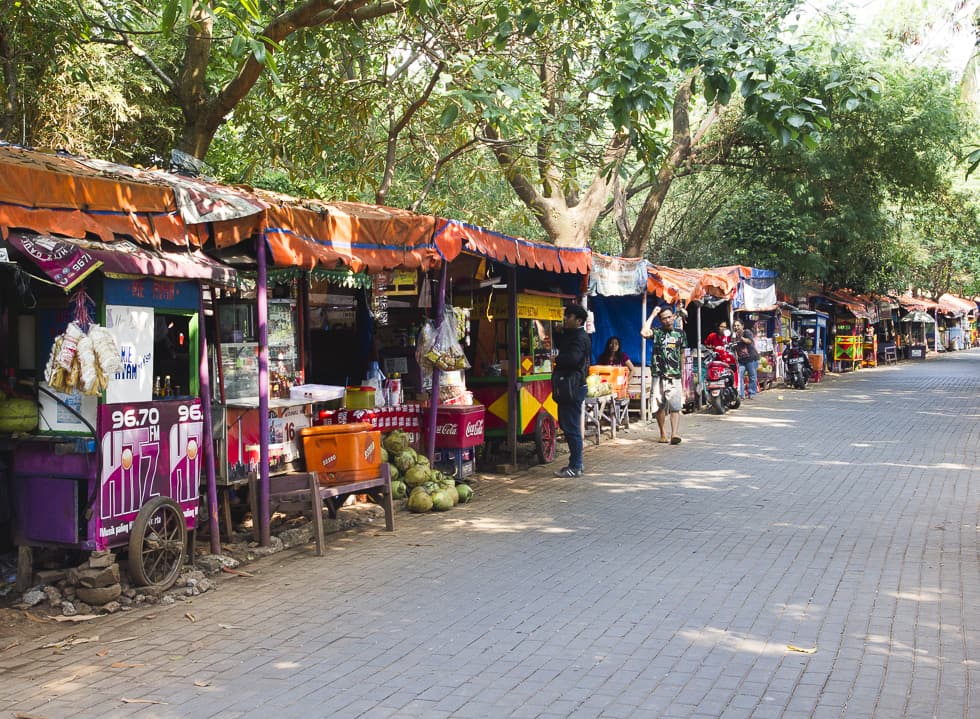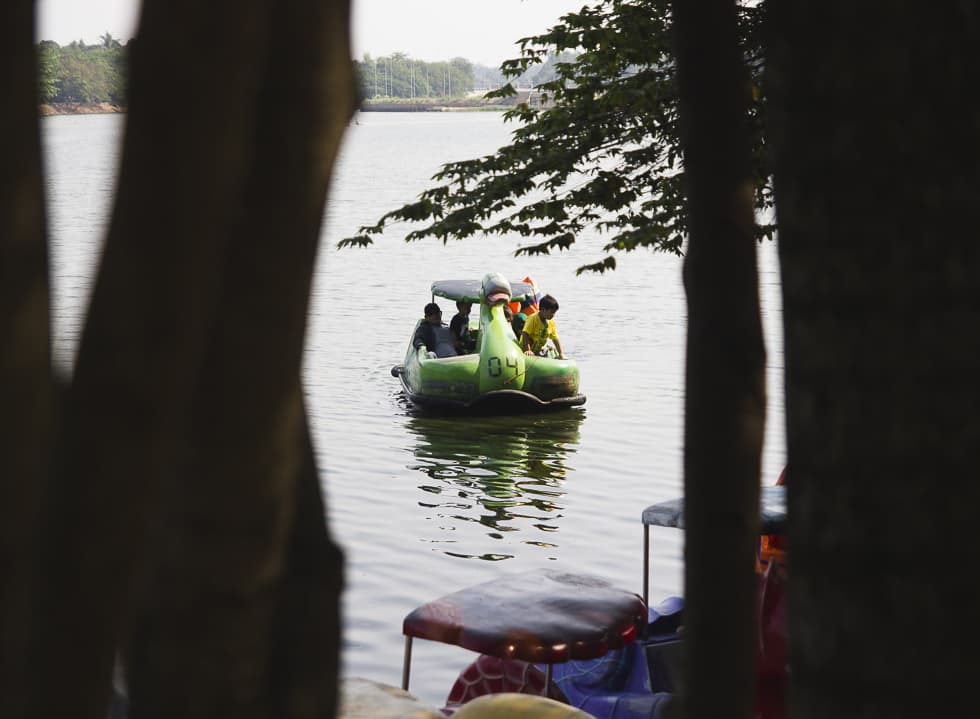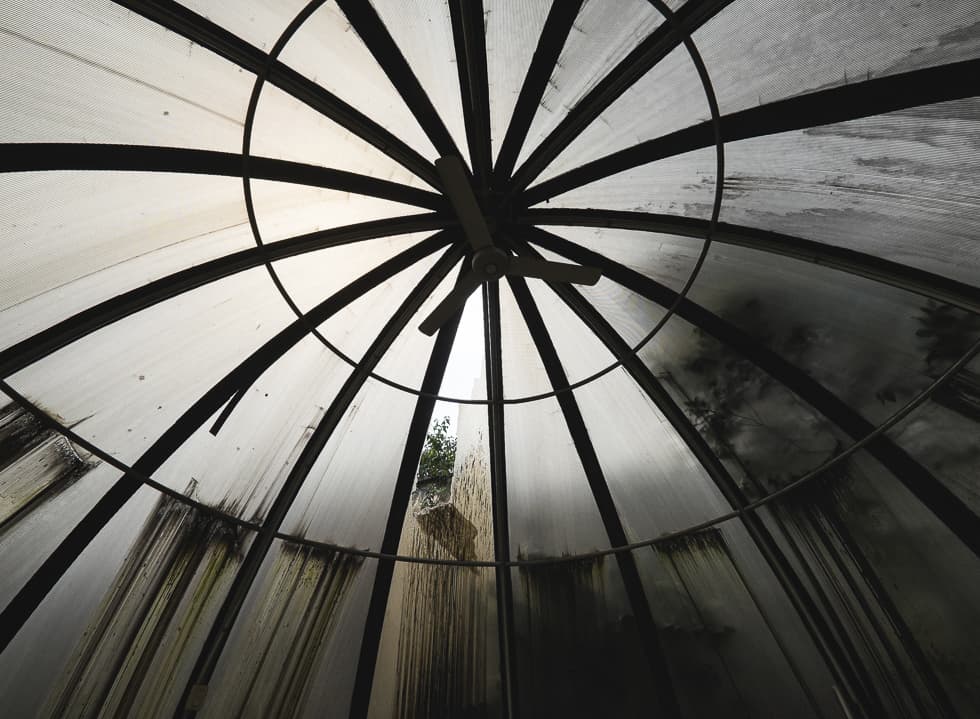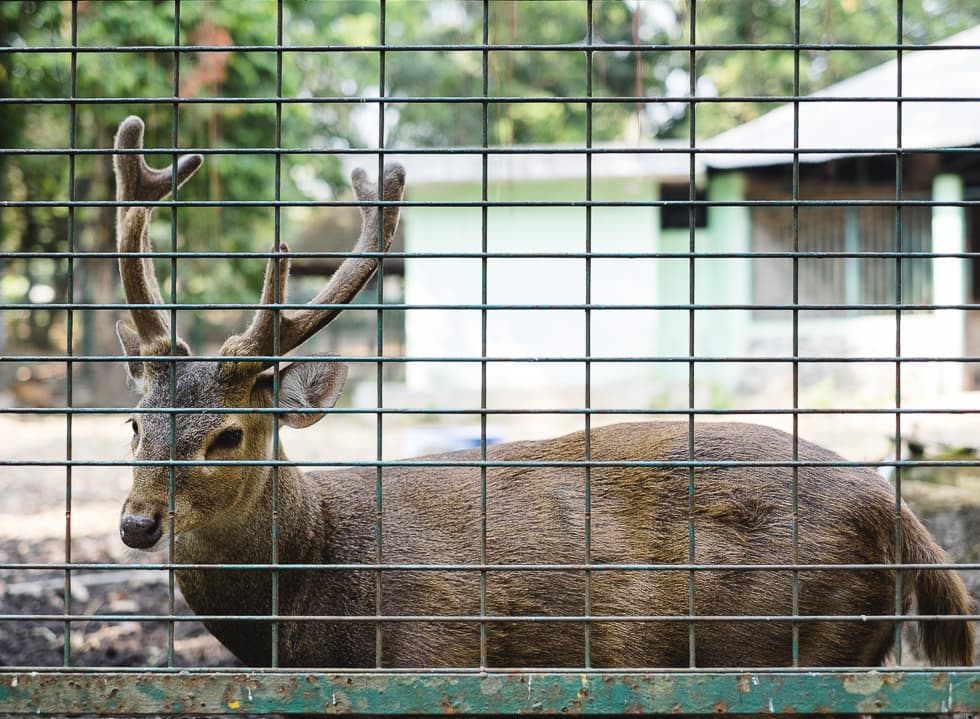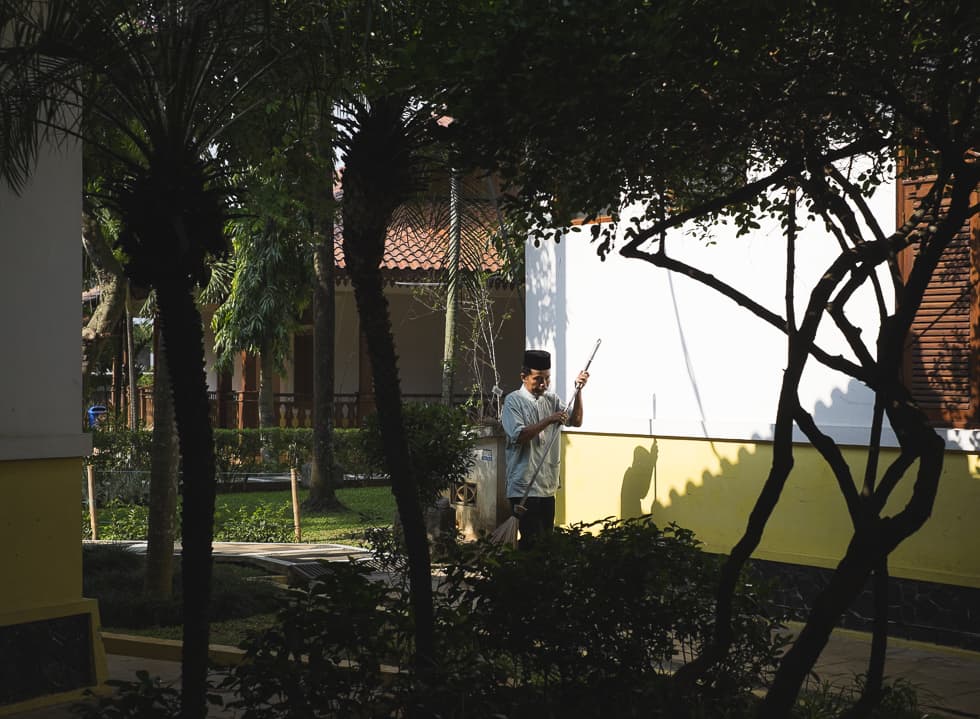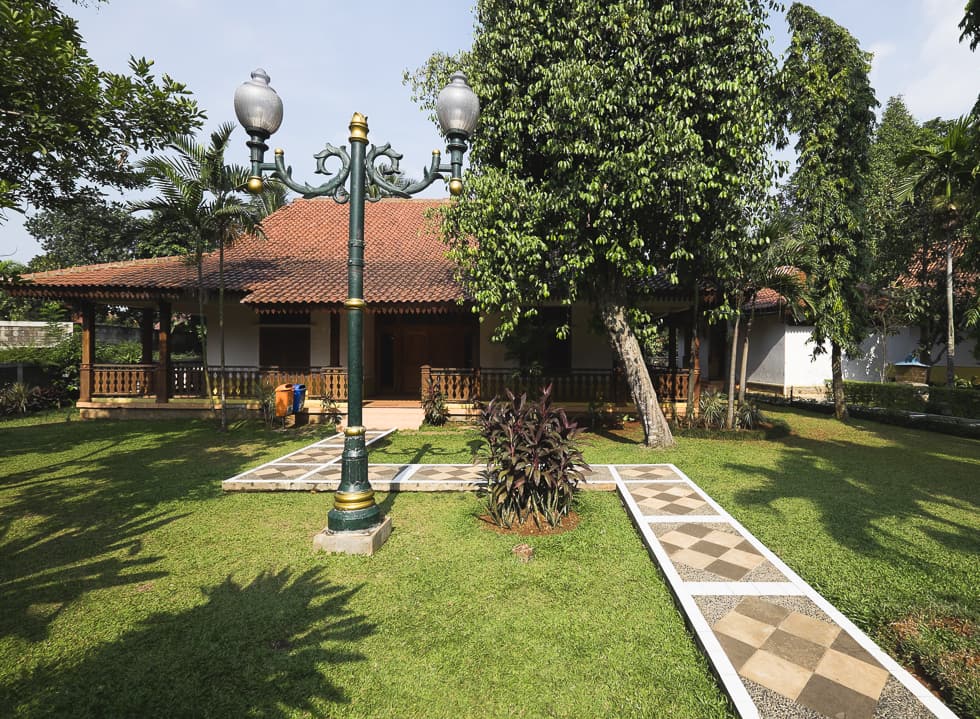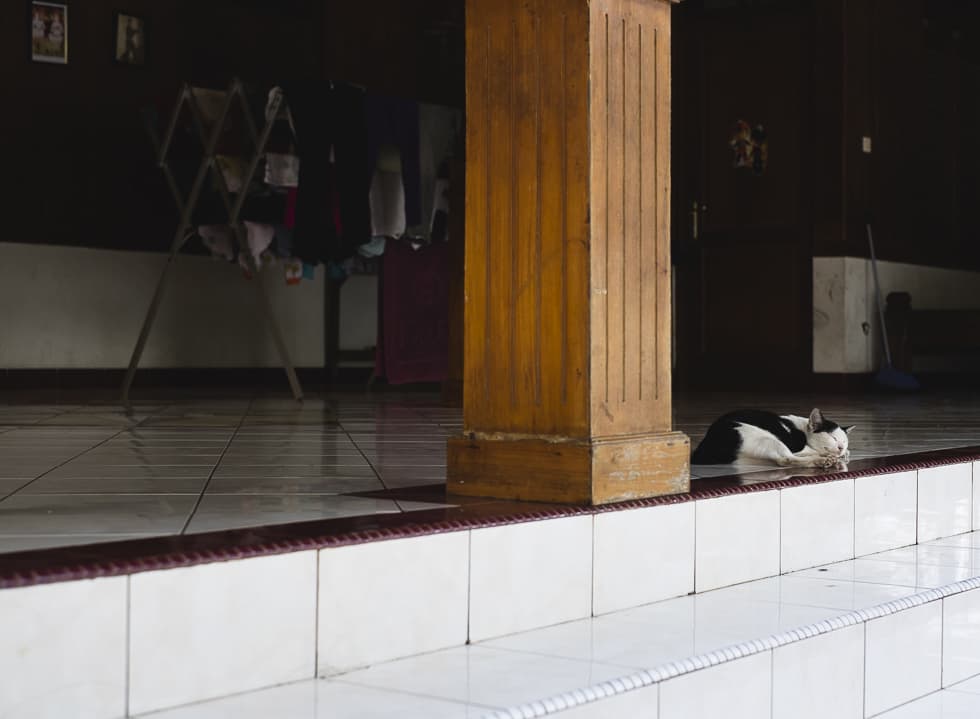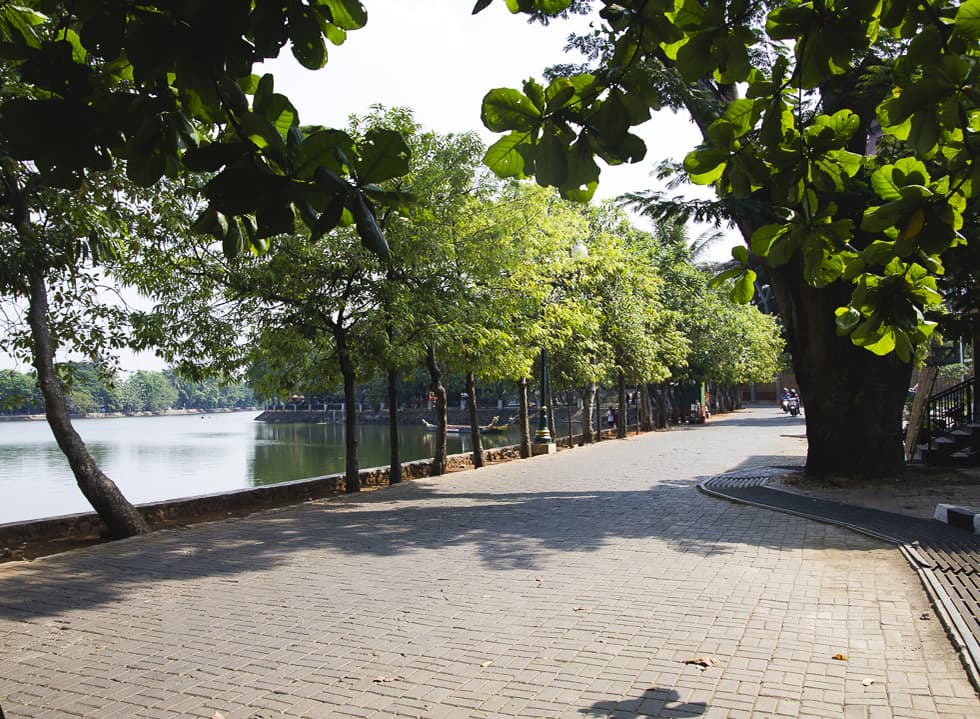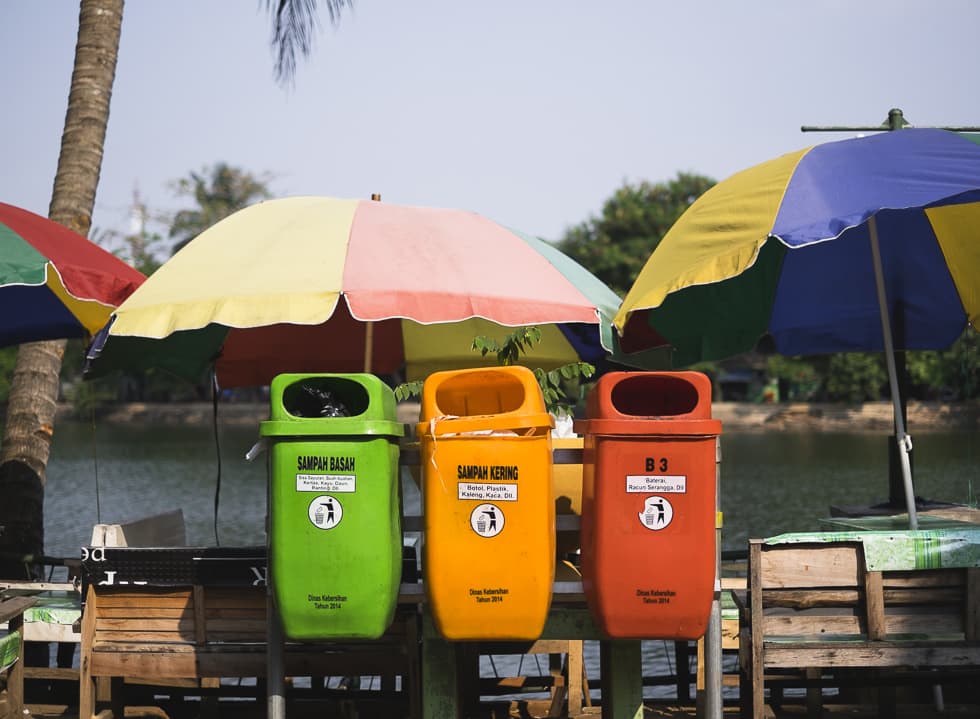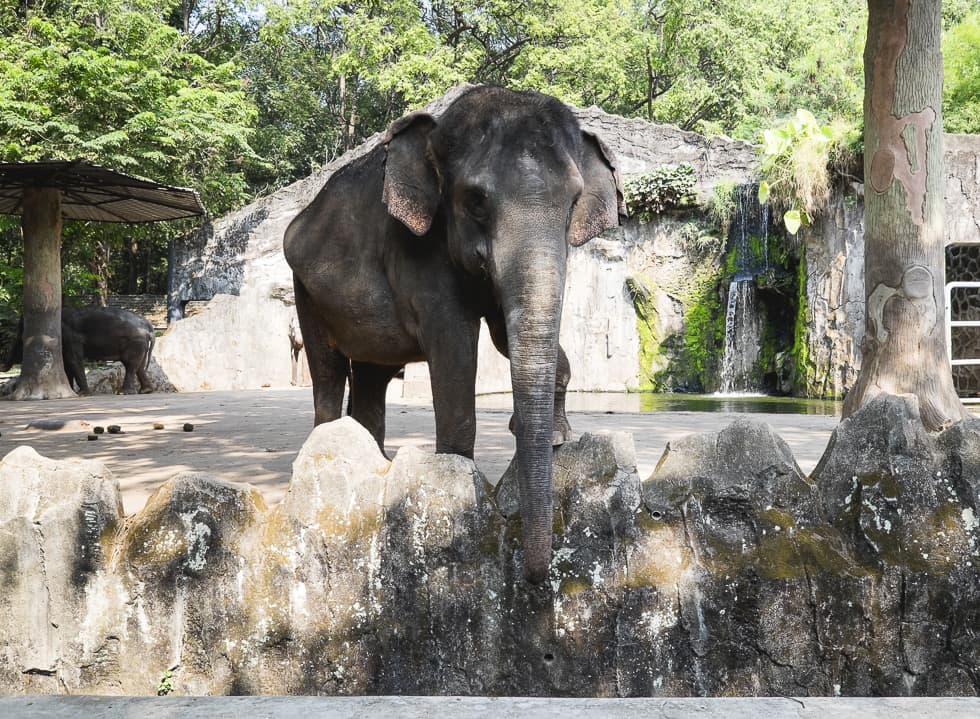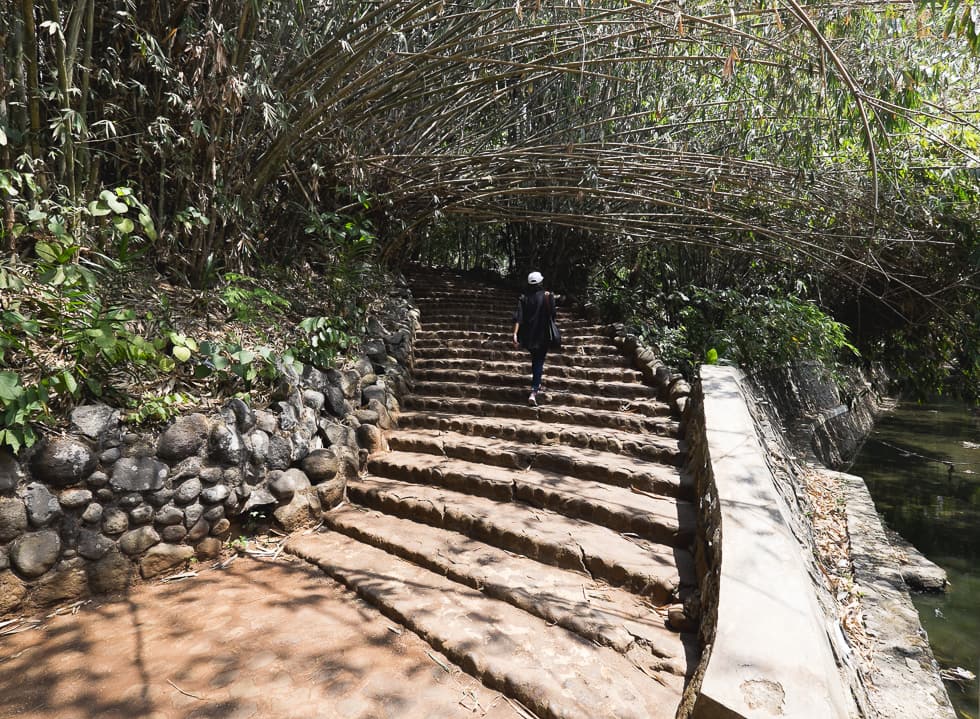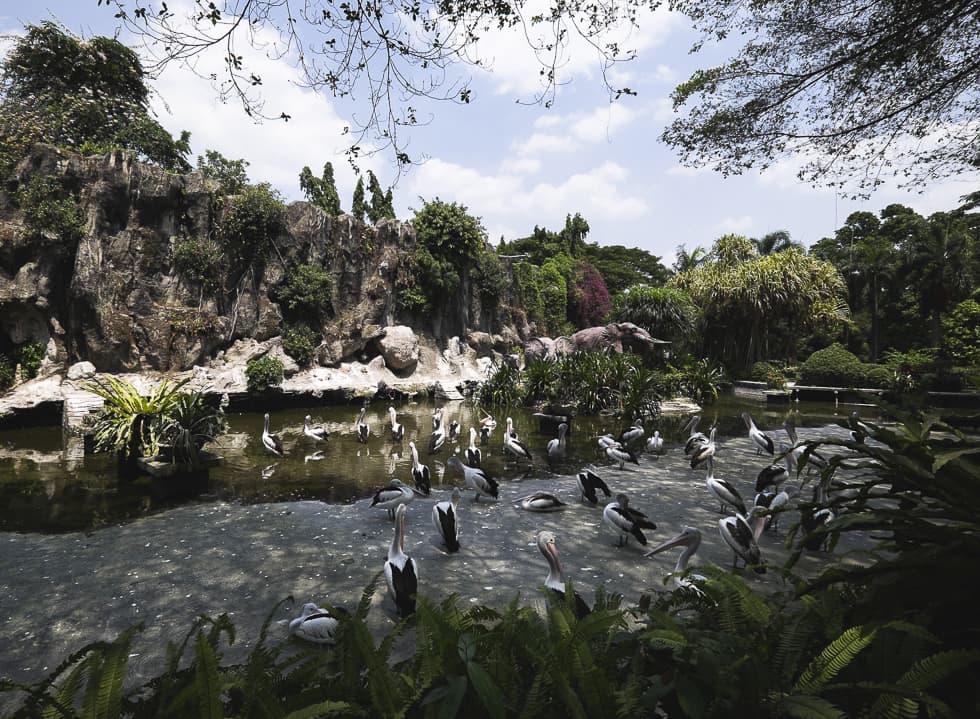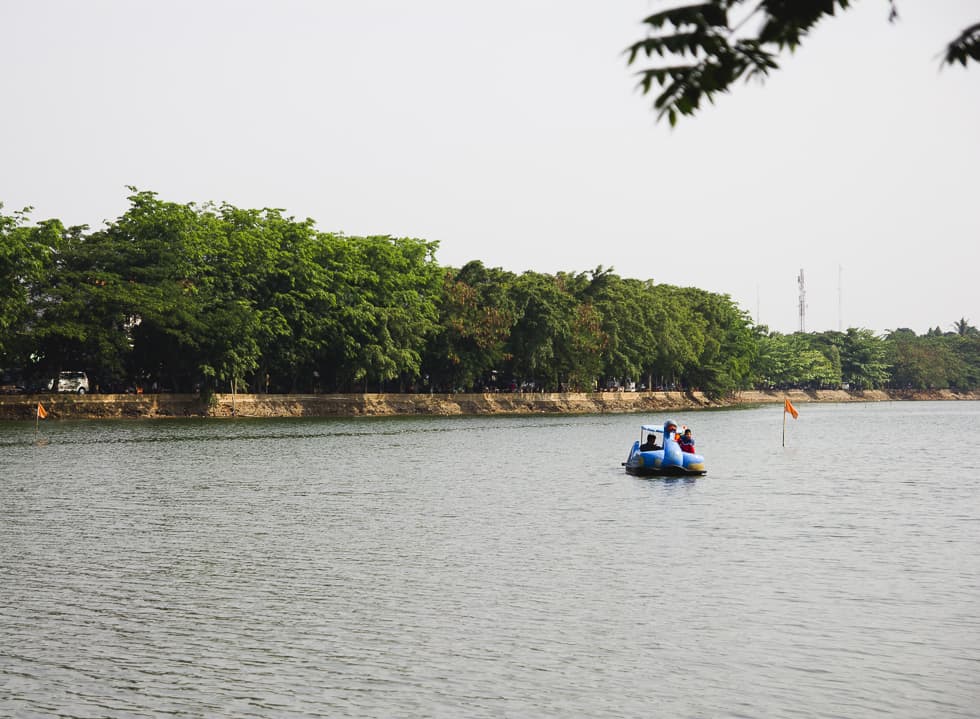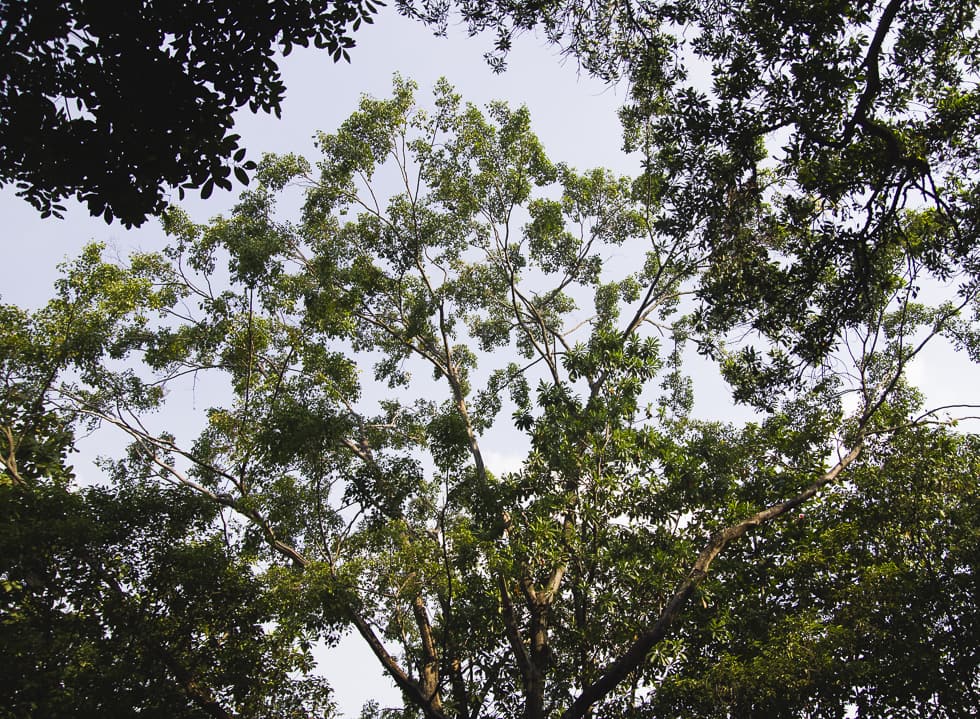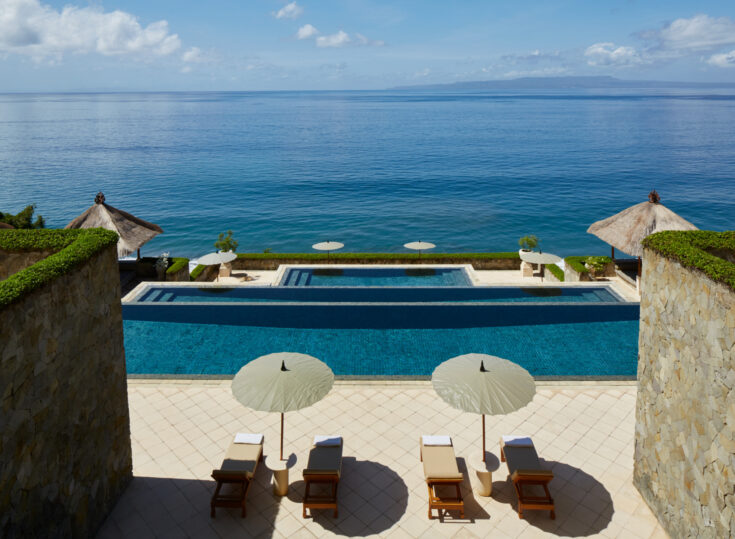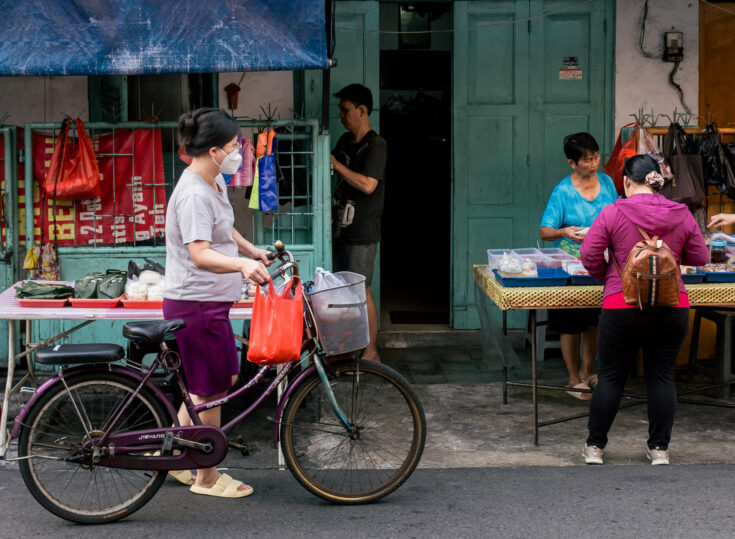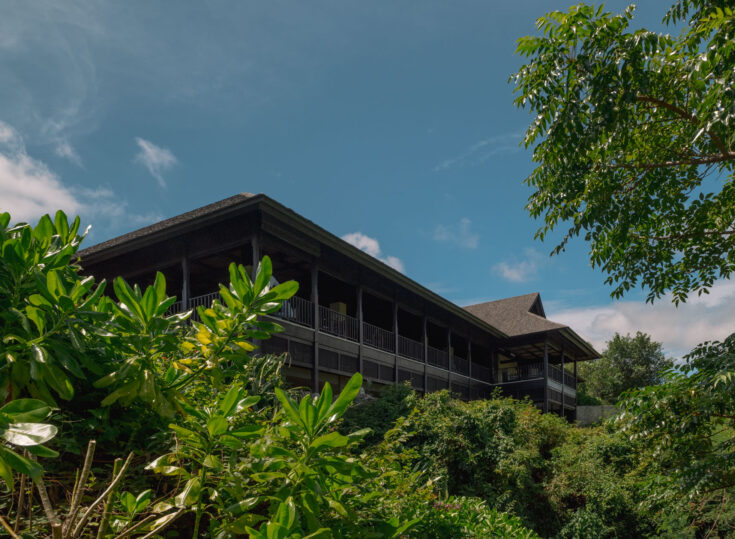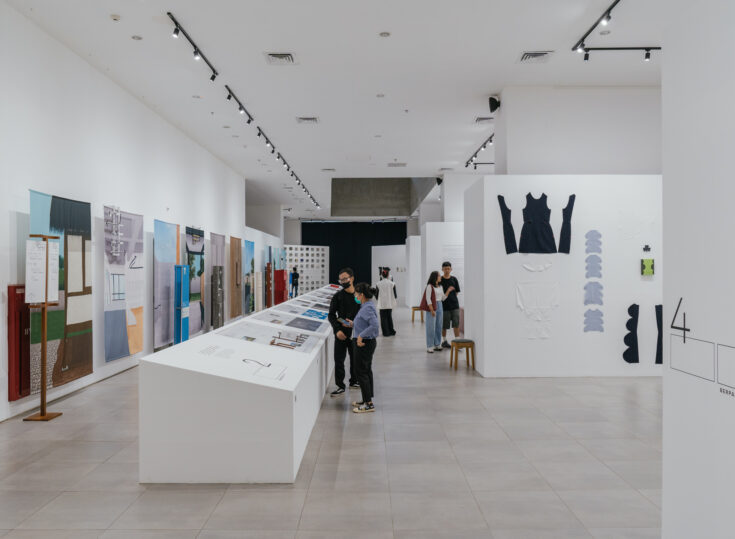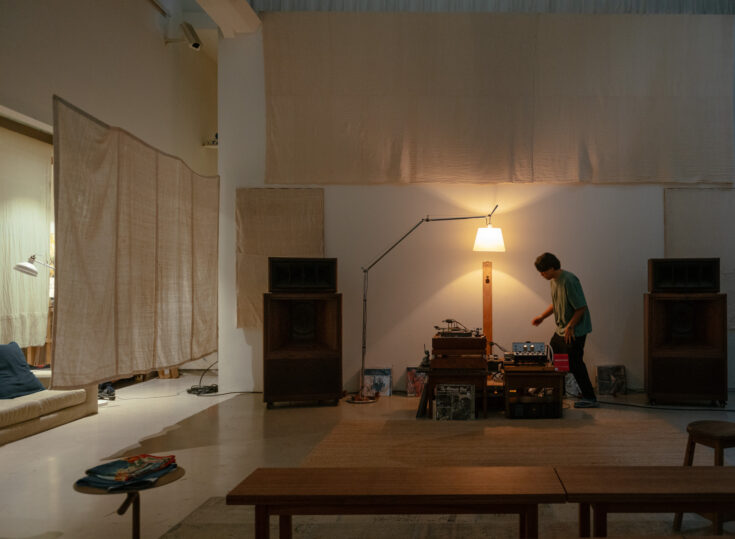South of Jakarta has always been recognised as a region where all the chic cafes and shops are located. But, a few more kilometres south, lies another face of South Jakarta that most Jakartans are unaware of, like the districts of Ragunan and Jagakarsa.
It is only 9am but the parking lot in Ragunan Zoo is almost half full. An hour or two from now, it would likely to be filled to the brim with any kinds of transportation from all sizes and license plates.
Located in Ragunan, the amusing, if not strangest, thing is that once inside the zoo, the first thought to strike you is “where are all the people?” Then it starts to dawn on you that the zoo is immense in scale and capacity. It is, indeed, a big zoo. You’d feel as if you’re the only visitor in this 350-acre open space, especially in the mornings.
Here, you’ll get to stroll along with the “zoo tunes” as your company. Track 1 – For the Birds by a flock of huddling cockatoos from the Children Zoo. Track 2 – Born to Be Wild by a troop of monkeys, featuring Mr Elephant with his sonorous trumpet play. It’s never quiet in here. The entire growl, chirp, bleat, hiss, neigh, bellow, croak, are packed into one loud “voice instrumental album”.
Mr. Elephant, in his enclosure, is busy posing for the crowd that is made up of people that are as amusing to watch as the animals. Parents with their overexcited son who questions everything, from the most trifling matter such as the elephant’s favourite food, to the more serious one that is on the animal’s mental state. Beside, an elderly man – a seemingly avid technophile – is shifting back and forth finding the right angle to snap the animal with the latest smartphone. Meanwhile, two women with flashy tracksuits are standing under the neighbouring canopy, taking a break from their morning jog.
As the clock ticks towards 11am, the zoo is slowly thronged with visitors. It isn’t lunchtime yet, but they are settling their picnic rugs already under shady trees. While the adults are busy distributing lunch containers to the family members, the kids are more interested in purchasing cup noodles from nearby food stalls. Again, Ragunan Zoo provides subjects aplenty for people-watching pastimes.
The next entertaining activity than people watching is primate watching in the Schmutzer Primate Centre. The centre calls in for attention with its imposing entrance that would remind one of Jurassic Park (or maybe it’s the thick climbing plants). But that’s nothing compare to the gorillas’ and orang-utans’ habitats inside, which are crowded with dense vegetation.
Given the lush green vegetation that is all over Ragunan Zoo, it isn’t surprising that the zoo is dubbed ‘the biggest open space’ in Jakarta. An odd oasis in the urban Jakarta, the zoo is a perfect offset against the stifling tall skyscrapers and tangled traffic.
When talking about the zoo, it is hard to not bring up its neighbouring area: Jagakarsa. A subdistrict in South Jakarta, Jagakarsa appears laidback and unruffled by the city’s erratic movements. Perhaps, it’s due to the fact that most part the subdistrict is made up of an important Betawi settlement that is centred around Setu Babakan (Babakan Lake).
Located three miles away from Ragunan Zoo, the journey to Setu Babakan is a winding one through narrow streets. A forty-minute drive from the zoo will eventually take you to a wider and smoother road that encircles the undisturbed waters that of Setu Babakan. It’s a quiet area during the weekdays, only interrupted by passing motorcycles and a vague chatter from a group of truant high schoolers.
On the western part of the lake, the street is flanked by warung with popular Betawi cuisine to offer. At one point, the air is rich with the pleasant aroma of kerak telor. Sometimes it gives in to soto betawi with its gamey smell. And there seems no better way than to wash them down with bir pletok, a traditional non-alcoholic Betawi beverage. Seats are plenty here, with a panoramic view of the lake. Or pick a spot under a big tree and get down to earth.
The eastern side of the lake yields an almost similar view, but the drawcard lies on its traditional Betawi houses, Rumah Kebaya. The large and airy front porch of the house attests to the openness of Betawi people. The Betawi culture in the area still remains strong. While passing the rows of warung, tunes can be heard. Some of them are famous songs by Benyamin Sueb, one of the most influential figures who were in the forefront in supporting Betawi cultural heritage.
All in all, the whole experience treading down Ragunan and Jagakarsa gives the opportunity for one to reflect on Jakarta’s natural and cultural heritage. Of course, imperfections still exist. Nevertheless, they are living proofs that Jakarta is more than just skyscrapers, pollution and its ilk.
Ragunan Zoo
Jalan Harsono RM. No. 1, Ragunan, Pasar Minggu
Jakarta Selatan 12550
Opening hours: 7.30am – 4pm
+62 21 7884 7114
Setu Babakan
Jalan Srengseng Sawah, Jagakarsa
Jakarta Selatan 12630
